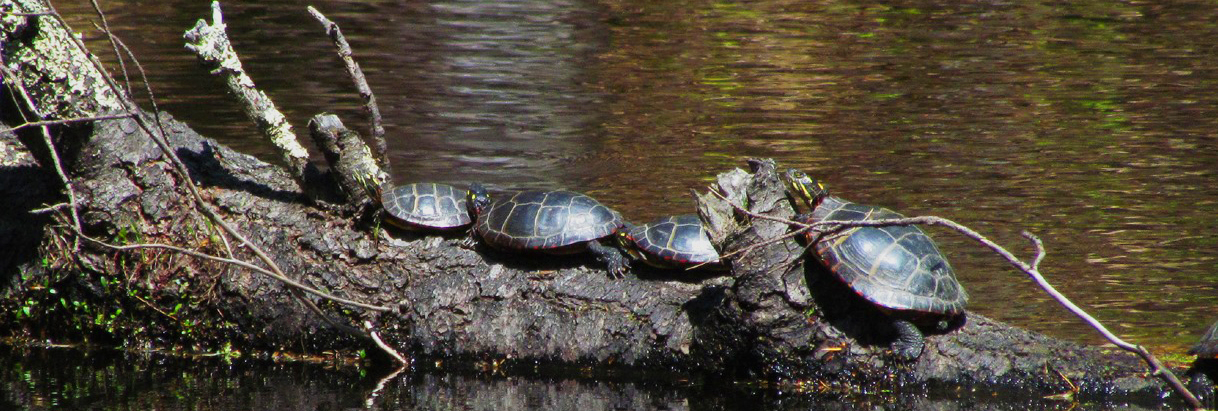Data Sheets
To print data sheets, highlight the individual sheet you need and print.
Data Sheet #1: What is the river like at this location? (Physical traits)
site _______________________________________________
group/name_______________________________________ date ________________
Describe the following:
movement of the river _____________________________________________________
width of the river ___________________________________
temperature of water _______________ temperature of air _____________________
color and clarity of the water _______________________________________________
sounds the river makes ____________________________________________________
smells you notice_________________________________________________________
Is the river deep or shallow? _______________________________________________
How does the river bed look? _____sandy ____muddy ____cobbly _____muddy ____other, explain_______________________________________________________
landforms surrounding the water: ___mountains ___hills ___flatland ___marshland
___forest ___fields ___other, explain _______________________________________
_______________________________________________________________________
man-made structures:_____________________________________________________
________________________________________________________________________
________________________________________________________________________
comments:_______________________________________________________________
________________________________________________________________________
________________________________________________________________________
Data Sheet #2: What changes can you find at this location?
site ____________________________________________________________________
group/name______________________________________ date ___________________
Describe the following:
animals you see in the water ________________________________________________
________________________________________________________________________
animals you see near the water ______________________________________________
________________________________________________________________________
things that have been changed by weather (floods, wind, ice), animals (beavers, muskrats, mice, woodpeckers), or man (fire, trails, gardens, trees planted or cut)
weather_________________________________________________________________
animals_________________________________________________________________
people__________________________________________________________________
________________________________________________________________________
signs of pollution_________________________________________________________
_______________________________________________________________________
comments: ______________________________________________________________
_______________________________________________________________________
_______________________________________________________________________
Your group may collect a sample of leaves, rocks, and soil from each stop on the field trip. Take only one of each item sampled and use one bag for each site. Use the plastic jar to take a water sample for viewing later with microscopes. Remember to label the bag and jar with your name or team #, date, and the site name.
Data Sheet #3: Draw this site in the space below.
site _________________________________________________________
group/ name ______________________________________date _______________
Data Sheet #4: What animals live at this site?
site ___________________________________________________________ group/name_____________________________________ date __________________
What animals can you hear? ________________________________________________
What animals can you see? _________________________________________________
Be a detective! Look for signs that prove animals live here. Describe where you found each one:
nests __________________________________________________________________
webs __________________________________________________________________
cocoons ________________________________________________________________
burrows ________________________________________________________________
tree holes _______________________________________________________________
other marks on trees ______________________________________________________
trees cut by beavers_______________________________________________________
animal droppings _________________________________________________________
tracks (What kind?) ______________________________________________________
other __________________________________________________________________
What animals probably live here? ____________________________________________
_______________________________________________________________________
Data Sheet #5: What trees can you find here?
site _______________________________________________________
group/name___________________________________ date __________________
Go to the wooded area and observe the different kinds of trees. Identify three different trees using a tree guidebook or adult to help you. Draw the pattern of their leaves or needles and make a sketch of each tree’s outline on the back of this sheet.
|
name: |
1 |
2 |
3 |
|
leaf sketch |
What kind of tree is the most common here? ___________________________________
Are the trees different heights? ________ Why or why not? _______________________
________________________________________________________________________
Has anything damaged trees that grow here? _____ What? ________________________
How can you tell? ________________________________________________________
Collect one of each different kind of leaf from the ground. Put the samples from one site in a Ziploc bag and label with your name or group #, date and site.
.
Data Sheet #6: What are some of the small plants at this site?
site _______________________________________________
group/name________________________________ date __________
Choose a sunny spot and a shady area, and spend time there looking at some small plants that grow in each area. Use the wildflower and pod guides to help you identify them. Choose your favorite plant from each location and make sketches. Be sure to note the soil: color(s), amount of moisture, texture, and odors.
sun plant: name ________________ flower color ____________ odor? __________ Describe the soil:_______________________________________________________
shade plant: name ______________ flower color_____________ odor? __________
Describe the soil: _____________________________________________________
How are the plants different? _______________________________________________
How are they alike? _______________________________________________________
Which one is bigger? ______________________________________________________
Your group may collect the plant if there are at least 20 of the same kind in the area. You may collect pod samples or seed samples if there are any. Store them in a small Ziploc bag with your group # or name, date and site.
Data Sheet #7: What fungi can you find at this site?
site _______________________________________________________________
group/name_________________________________ date __________________
Go to a damp, shady site and look for fungi. Fungi can grow on the ground or on the trunks of trees. Try to find as many different types of fungi as you can. Leave them where you find them. Describe at least one, including where it grows, and draw a picture of it. Don't forget to write down its color.
Data Sheet #8: What were the results of your water experiments?
site ______________________________________________
group/name ________________________________ date _______________
List data from your experiment here. Collect data from the other teams and fill in the rest of your data sheet.
1. TEMPERATURE TEAM: List air and water temperatures in Fahrenheit and Celsius.
|
Fahrenheit |
Celsius |
|
|
air |
||
|
water |
2. DISSOLVED OXYGEN TEAM: Remember, the colder the water is, the more free oxygen gas it can hold.
dissolved oxygen is ________parts per million (ppm)
3. pH TEAM: The pH reading at this site was ________________ .
Is the water here acidic or basic?________________
4. CURRENT TEAM: Remember that the distance and the time it takes your floating object to travel can help you find the rate or speed at which the current is moving. Distance divided by time equals the speed of the current. Your distance is 20 meters which is the length of the rope. Take 2 readings.
|
distance |
time |
current: meters per second |
The average speed of the current at this site is_________________.
5. WATER TRANSPARENCY TEAM:
Light can penetrate ________centimeters into the water at this site.
Data Sheet #9: What can you see in your water sample through the discovery scopes?
site__________________________________________________________________
group/name___________________________________date__________________________
Draw 4 large circles to represent the discovery scope view and then draw what you see into the circles. Name the invertebrates as best you can.

